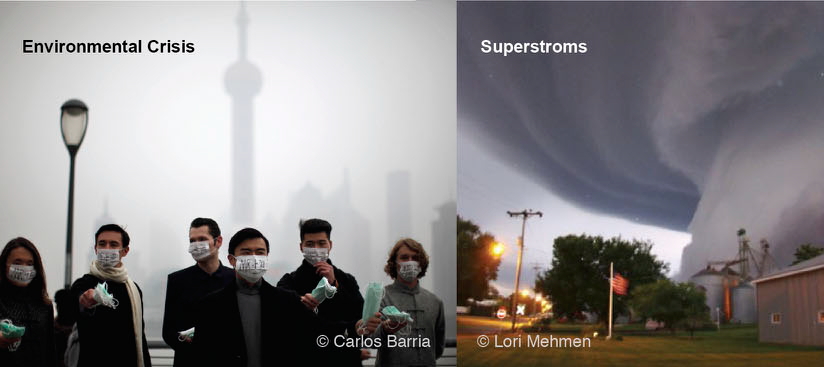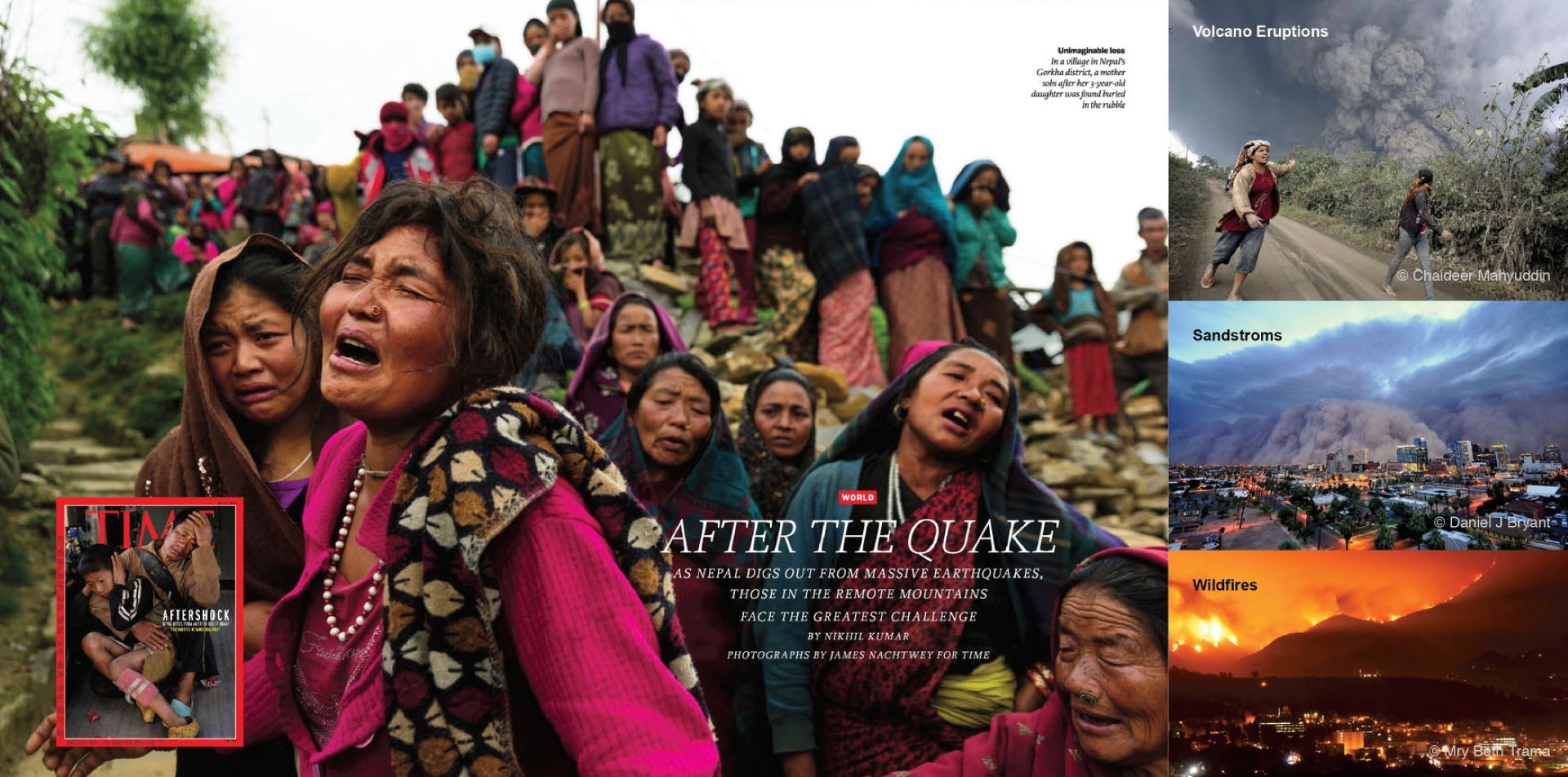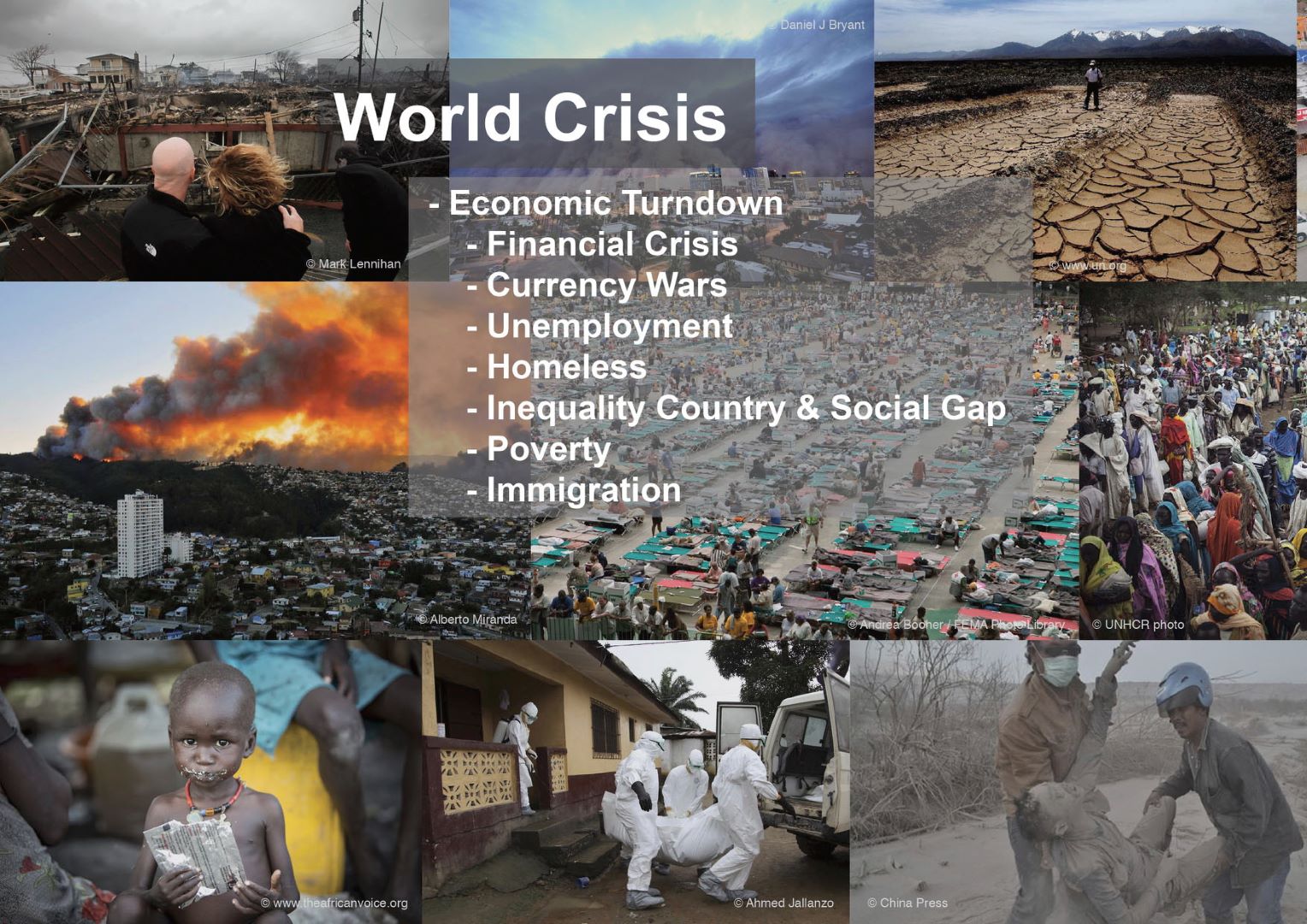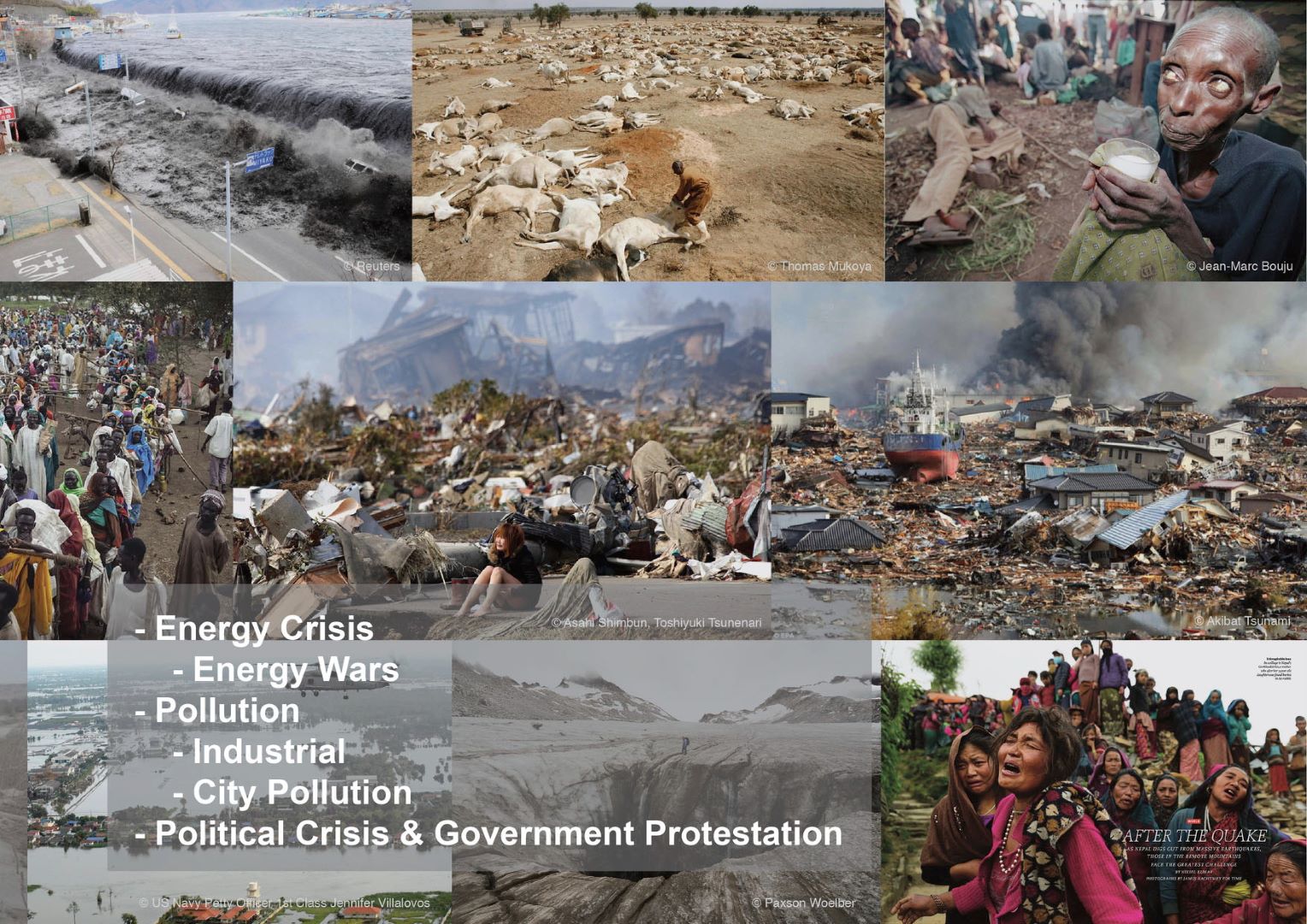Abstract
Global Warming is one of the most serious challenges facing us today. To protect the health and economic well-being of current and future generations, we must reduce our emissions of heat-trapping gases by using the technology, know-how and practical solutions already at our disposal.
The Greenhouse Effect
The “greenhouse effect” refers to the temperature regulation effect that certain atmospheric gases have on the Earth. The temperature-regulating gases, called “Greenhouse Gases” or GHGs, form a blanket around the earth that traps some heat from the sun within the earth’s atmosphere. The Greenhouse Gases keep the planet warm and habitable and keep the planet some 30 °C warmer than it would be.
There are six types of GHGs covered under Global Warming policies and in trading programs : Carbon Dioxide (CO2) Methane (CH4), Nitrous Oxide (N2O), Sulfur Hexafluoride (SF6), Perfluorocarbons (PFCs), Hydrofluorocarbons (HFCs), Greenhouse Gases make up only about 1 percent of the atmosphere.
Source : Chicago Climate Exchange, UNFCCC, Tree Farms

WORLD DISASTER Effects of Climate Change
Most of the world’s endangered species – some 25% of Mammals and 12% of birds – may become extinct over the next few decades as warmer conditions after the forests, wetlands and rangeland they depend on, and human development blocks them from migrating elsewhere.
The Rhine floods of 1996 and 1997, the Chinese floods of 1998, the East European floods of 1998 and 2002, the Mozambique and European floods of 2000, and the Monsoon-based flooding of 2004 in Bangladesh (which left 60% of the country under water), are examples of more powerful storms.
Source : Ecological Meltdown : Impact of unchecked human growth on the earth’s natural systems, Second Edition by Asheem Srivastav, Suvira Srivastav, Tree Farms.
Source : Disturbing Times : The State of the Planet and its Possible Future by Scott T.
Firsing
New data evaluated by the IPCC show that losses from the ice sheets of Greenland and Antarctica have very likely contributed to see level rise from 1993 to 2003. The average global sea level rose at an average rate of 1.8 mm per year between 1961 and 2003, but between 1993 and 2003 it rose by 3.1 mm per year. Sea level rise will continue for centuries due to the time scales associated with climate processes and feedbacks. In its Fourth Assessment Report, the IPCC states that the contraction of the Greenland ice sheet is projected to continue to contribute to sea level rise after 2100. If this contraction is sustained for centuries, that would lead to the virtually complete elimination of the Greenland ice sheet and a resulting contribution to sea level rise of about 7 m.
Drying has also been observed over large regions, i.e. the Sahel, the Medi- terranean, southern Africa and parts of southern Asia. In Africa’s large catchment basins of Niger, Lake Chad and Senegal, total available water has decreased by 40 to 60 percent, and desertification has been worsened by lower average annual rainfall, runoff and soil moisture, especially in southern, northern, and western Africa.
Renewable Energy Sources : A Chance to Combat Climate Change by Clarisse Frass-Ehrfeld.
Source : Climate Change and Energy Insecurity : ‘The Challenge for Peace, Security and Development’ by Felix Dodds, Richard Sherman
Trends towards more powerful storms and hotter, longer dry periods have been observed and are assessed in the IPCC’s Forth Assessment Report. Warmer temperatures mean greater evaporation and a warmer atmosphere is able to hold more moisture – hence there is more water aloft that can fall as precipitation. There is also observational evidence for an increase of intense tropical cyclone activity in the North Atlantic since about 1970. Similarly, dry regions are apt to lose still more moisture if the water is hotter, this exacerbates droughts and desertification.
Source : UNFCCC int



HOPE
The Sri Araya Group (formerly Be Green Group) has developed a super-fast growing tree (Kajornphuwapong) to be a renewable energy source for the world future. The tree has many special unique properties, including the ability to accumulate water in its trunk, also influencing the hydrological cycles in the surrounding dense plantations area of the tree, so as to increase the moisture to soil and ambient. All of these effects are very beneficial to the Ecosystems.
The benefits of agroforestry with the Kajornphuwapong tree including Ecological, Social and Economic benefits, which will be explain in these follow:
- Addressing energy shortages that are the seeds of future conflict and War.
- A boon to local economies of areas cultivating the Kajornphuwapong, reducing unemployment, benefiting the lowest income sectors of the population and resisting economic recession.
- Helping reduce the social gaps in nations with large discrepancies between the ‘haves’ and ‘have nots’, thereby increasing social stability.
- Increasing the Economic Independence of Developing Nations, making them less prone to economic, social and political domination by other Nations.
- Improving prosperity in rural districts and helping stem migration to overcrowded urban centres, and helping equalise economic prosperity between urban and rural areas.
- Making for drought resistance, improving the quality and moisture content of the soil, and resisting advancing desertification.
- Sequestering carbon to help mitigate Climate Change.


